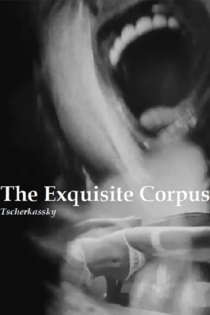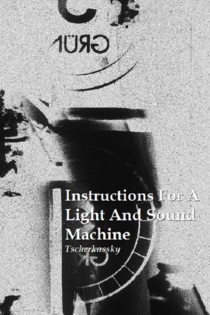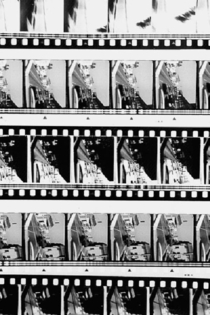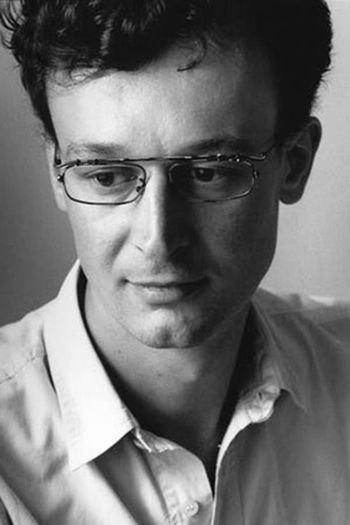
Peter Tscherkassky
1958 (66 лет)Parallel Space: Inter-View
Peter Tscherkassky
Julian Sharp, Brigitta Burger-Utzer
Parallel Space: Inter-View is made with a photo camera. A miniature photo is exactly the size of two film frames. Optically it resembles a flickering double exposure; the former temporal and spatial unity disintegrates into pieces which have a correspondence with each other. (Peter Tscherkassky) Photographic processes - the material transformations involved in recording, developing, printing and projecting - functions as metaphors for psychological processes.
Parallel Space: Inter-View
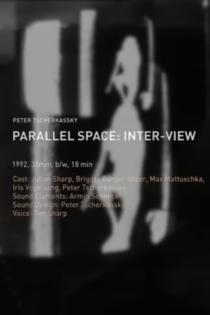
Outer Space
Peter Tscherkassky
Barbara Hershey
A premonition of a horror film, lurking danger: A house - at night, slightly tilted in the camera's view, eerily lit - surfaces from the pitch black, then sinks back into it again. A young woman begins to move slowly towards the building. She enters it. The film cuts crackle, the sound track grates, suppressed, smothered. Found footage from Hollywood forms the basis for the film. The figure who creeps through the images, who is thrown around by them and who attacks them is Barbara Hershey. Tscherkassky's dramatic frame by frame re-cycling, re-copying and new exposure of the material, folds the images and the rooms into each other. It removes the ground from under the viewer's feet and splits faces, like in a bad dream. From the off, from outer space, foreign bodies penetrate the images and cause the montage to become panic stricken. The outer edges of the film image, the empty perforations and the skeletons of the optical sound track rehearse an invasion...
Outer Space

Train Again
Peter Tscherkassky
18 years after Kurt Kren produced his third film 3/60 Bäume im Herbst [3/60 Trees in Autumn], he shot his masterpiece 37/78 Tree Again. 18 years after I created my third darkroom film L’Arrivée (an homage to the Lumière brothers and their 1895 L'Arrivée d'un train), I embarked on Train Again. This third film in my “Rushes Series” is an homage to Kurt Kren that simultaneously taps into a classic motif in film history. My darkroom ride took a few years, but we finally arrived: All aboard!
Train Again

Dream Work
Peter Tscherkassky
A woman goes to bed, falls asleep, and begins to dream. This dream takes her to a landscape of light and shadow, evoked in a form only possible through classic cinematography. An homage to Man Ray, dedicated to the beginning of the European avant-garde film within the surrealist movement.
Dream Work
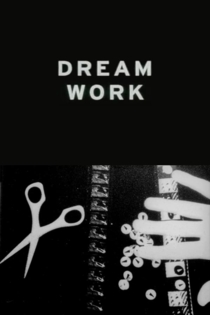
Tabula Rasa
Peter Tscherkassky
The target of Tabula Rasa is the heart of cinema. Voyeuristic desire as the pre-condition for all cinema pleasure is at stake here. What Christian Metz and Jacques Lacan have established in theory is rendered as film in Tabula Rasa. At the beginning we can recognize only shadows from which the picture of a woman undressing herself hesitantly emerges. But exactly at the point when one believes one can make out what it is, the camera is located in front of the object. Tabula Rasa takes distance, the fundamental principle of voyeurism, in so far literally, as it shows us the object of desire but continually removes it from our gaze.
Tabula Rasa

Freeze Frame
Peter Tscherkassky
Freeze Frame is an example of a filmic significator from which the transparency and invisibility has been removed. Material which has been repeatedly re-filmed (a construction site, a rubbish incinerating plant, industrial graveyards, an antenna and line-drawing like frame that continually falls over) are exposed on top of each other. The result is that an unambiguous reading of the picture, to say nothing of their positioning in a fictive room cannot even be attempted. This type of calculated picture removal is carried to the point where the film strip is stopped in the projector (and hence the title) and burns.
Freeze Frame
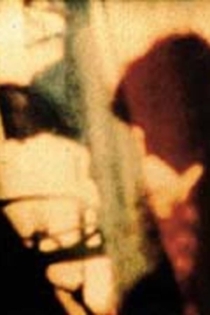
The Mozart Minute
Michaela Schwentner, Michael Glawogger
Twenty-eight well-known filmmakers living and working in Austria were invited by WIENER MOZARTJAHR 2006, to produce associative miniatures on Mozart. Requirement: they had to be one-minute artistic short films. The directors come from a whole range of different backgrounds, ranging from animated, experimental and short film to documentaries and feature films. The result is a multi-facetted sampler of diverse formal and contextual positions with regard to Mozart’s person and his influence on today’s society, art and culture. The contributions run the gamut from experimental-conceptual statements through socio-critical and documentary observations to pithy short feature films.
The Mozart Minute
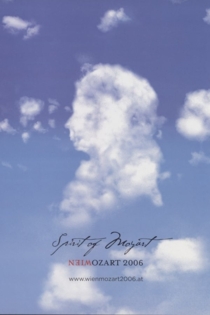
Nachtstück
Peter Tscherkassky
Wolfgang Amadeus Mozart, according to his biographers (and his letters confirm this fact), was an extremely sensuous person, and Nachtstück (Nocturne) was intended to refer to this aspect of his personality: We glide into "Eine kleine Nachtmusik" a bit, then abandon standardized paths of conventional representational film and encounter a few seconds of passionate sensory filmæan example of something I would like to call "physical cinema." The thesis: Herr Mozart would have enjoyed it.
Nocturne
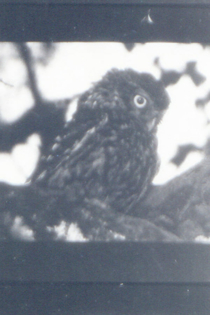
Cinema Austria - Die ersten 112 Jahre
Frederick Baker
Michael Haneke, Ulrich Seidl
This historical and analytical documentary draws attention to the background of the roots of "New Austrian Cinema" and presents Austria as a film country to be taken seriously. The audience gets to see rare early works by well-known filmmakers as well as shots of landscapes that served as a source of inspiration and locations that have produced important Austrian films since the end of the 19th century.
Cinema Austria, the first 112 Years

Manufraktur
Peter Tscherkassky
A tangled network woven with tiny particles of movements broken out of found footage and compiled anew: the elements of the "to the left, to the right, back and forth" grammar of narrative space, discharged from all semantic burden. What remains is a self-sufficient swarm of splinters, fleeting vectors of lost direction, furrowed with the traces of the manual process of production.
Manufractur

L'arrivée
Peter Tscherkassky
The first of Peter Tscherkassky's Cinemascope trilogy of short films is a fragmented glimpse of images pulsating with chaotic rhythm as they fight white margins for room in his palette. Mirrored frames being split by white margin and trying to reassemble again like the poles of a magnet, a train approaching station and colliding with itself in white-hot blistering chaos.
The Arrival

